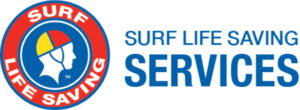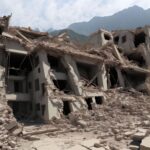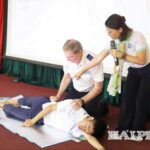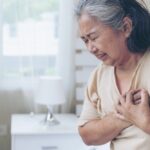As the population in Vietnam gets older, medical emergencies such as heart attacks, strokes, and seizures among the elderly at home is increasing. Paramedic Tony Coffey, shares his experience in these conditions.
“Heart attacks, strokes and seizures are 3 very different conditions that should not be confused with each other” he says.
“A heart attack happens when a blood vessel in the heart muscle becomes blocked. A stroke is when a blood vessel in the brain becomes blocked, or bursts, and a seizure is uncontrolled electrical activity between brain cells.”
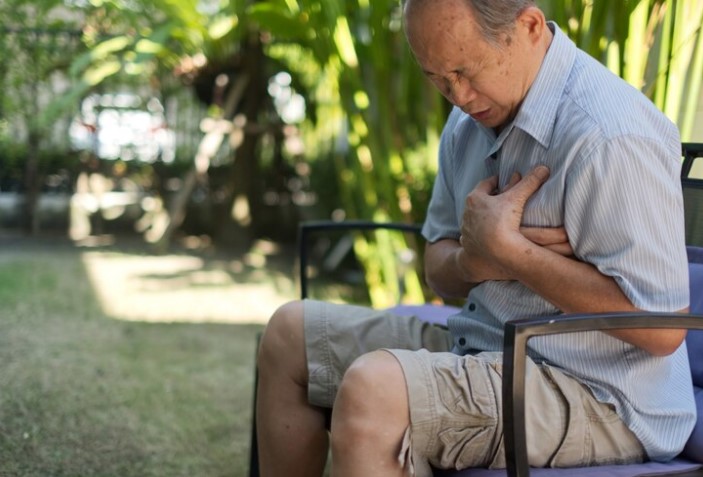
Heart attack
A heart attack is often characterised by symptoms such as chest pain, shortness of breath, and nausea. In elderly people, however, these symptoms may present differently and can sometimes be thought to be indigestion or fatigue.
“Chest pain is typically what comes to most people’s minds when they think of heart attacks, but not all people experience this, especially if they have other conditions such as diabetes” Tony said, adding “Women also do not always get chest pain”.
Tony advises caregivers and family members to be alert to other signs and symptoms as a delayed response to a heart attack can lead to very poor outcomes. Immediate access to emergency services is crucial; the faster a patient receives treatment to clear the blockage and restore blood flow, the better their chances of recovery.
Stroke
Stroke, caused by blocked blood flow to the brain or a ruptured blood vessel bleeding into the brain, can lead to permanent brain damage and death.
Tony highlights the importance of recognising the signs of a stroke, which can be remembered with the acronym FAST: Face drooping, Arm weakness, Speech difficulties, and Time to call emergency services.
“Even if these signs and symptoms go away after a short while (known as a mini stroke or TIA) it is still vital to get medical attention urgently as the stroke often reoccurs with disastrous results shortly afterward”
Quick recognition and response to these signs can minimise brain damage and increase the chances of survival and recovery.
“It is vital that the person goes to a hospital that has the medical specialists and equipment to treat a stroke, not all hospitals can do this, as the condition is time critical to minimise brain damage” he says. “Time is brain.”
Doctors advise medical treatment within 3 to 4 hours, and this should not be delayed by attempting traditional methods fi
Seizure
Seizures, fits or convulsions, are also concerns for the elderly, sometimes caused by underlying issues such as epilepsy, metabolic disturbances like diabetes, or even stroke. Tony notes that caregivers should be prepared to manage seizures by keeping the person safe, preventing injury and timing how long the seizure lasts.
A seizure in an older person can often result in a fall or a fall with head strike can result in a seizure.
Tony emphasizes “There is no way to stop a seizure without medical intervention, so the objective is to prevent further physical injury until it has passed.”
He added ”It is not possible to swallow your tongue so no attempt should be made to open the mouth, put objects in there or try to pull the tongue out. Simply roll the person on their side to protect the airway as the seizure activity subsides.”
If a seizure lasts longer than five minutes, the person needs urgent medical help.
Caregivers and family members need to be proactive, such as monitoring the older persons medical conditions, being alert for any sudden changes, learning what to look out for and how to perform first aid to care for loved ones and ultimately save lives.
Author: Tony Coffey-Paramedic, Co-Founder Survival Skills Vietnam
